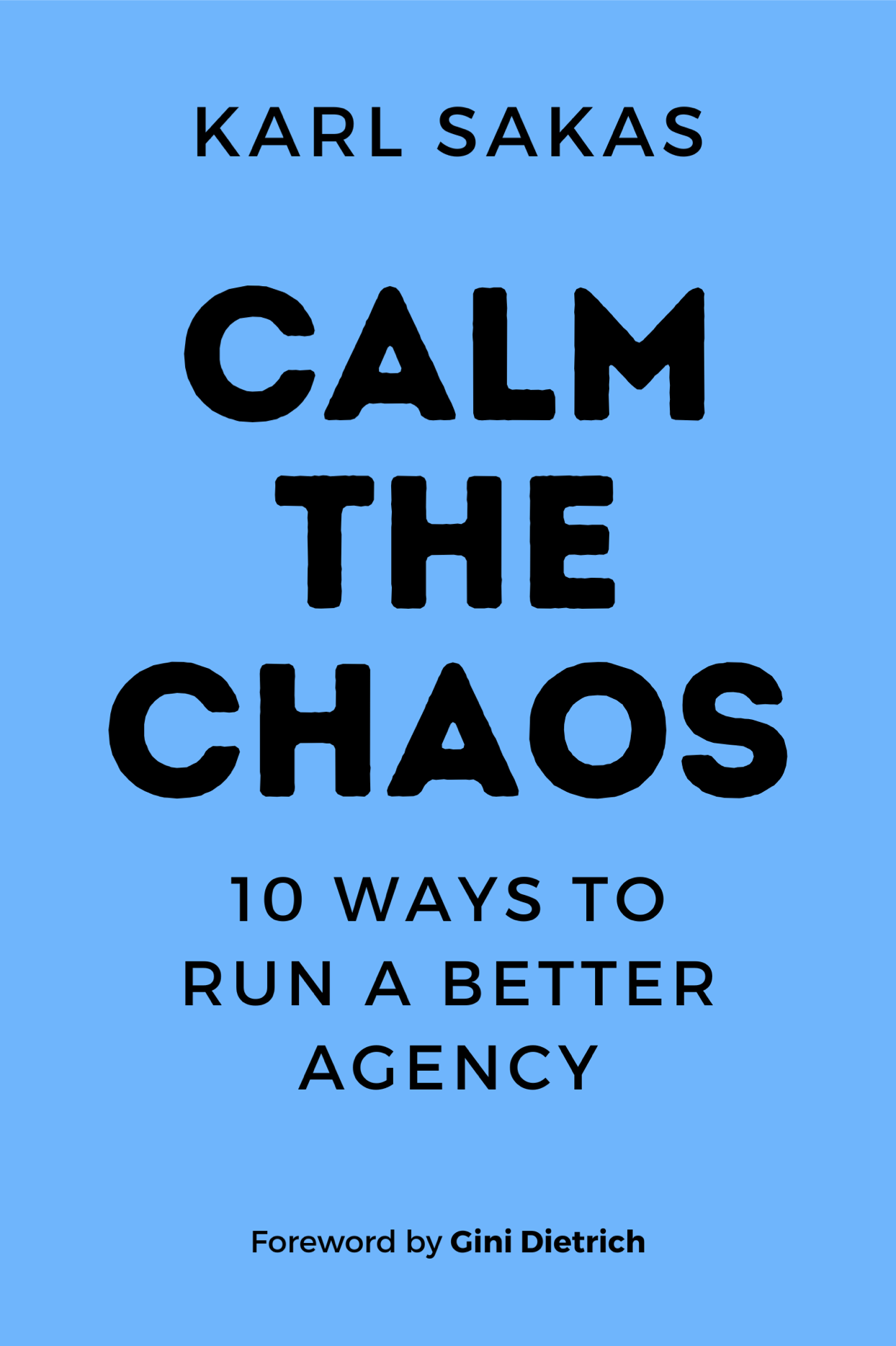Too busy to meet with your direct reports on a regular basis? That’s bad. Regular check-ins help you identify and fix problems early on, help you keep things running smoothly, and get your entire team on the same page.
You know how it’s annoying when your employees do something you didn’t want them to do? If you never sit down to talk with them, that’s partly your fault. Pre-defined Swim Lanes only go so far.
Regular meetings are a form of “management by walking around”—keeping an eye and ear out for what’s going on. If you’re in your office hunched over your email all day, you’re going to miss a lot.
Eventually, you’ll want to follow the Manager Tools advice on weekly, structured 30-minute one-on-one meetings. But if you’re just getting started and struggling to set up meeting times and guidelines, something is better than nothing. (If you have more than 5-7 direct reports, that’s a separate problem we need to fix.)
Send an email to create accountability
Here’s an email to send to your direct reports. Part of this is for their accountability—but part of it is to keep yourself accountable. Once you make it public, it’s harder to change your mind.
SUBJECT: Need your help on weekly meetings
Hi team member 1, 2, and 3:
I want to [re]start weekly meetings to help you get what you need from me as manager. As my direct reports, I realize I should be meeting with you at least once a week.
To respect everyone’s time, here are a few requests to help me help you better:
- Prepare for our meeting. This includes creating an agenda of topics. Realistically, you might spend 30-60 minutes preparing for the one-hour meeting, to make the most of the time.
- The agenda should have two sections: “Updates for [agency owner name]” and “Questions for [agency owner name].”
- Bring that as a printout to the meeting.
- In the first 5-7 minutes, I’ll read the list of updates and questions.
- We’ll spend the rest of the meeting answering your questions. (And I may ask questions about some of the updates, but we otherwise won’t discuss the updates; I realize this may feel strange at first.)
- Let’s plan to cover personal topics (life in general, Game of Thrones, etc.) in the last 5 minutes.
Eventually, we’ll work toward getting the meetings down to 30 minutes each week, but I recognize they’ll be closer to an hour the first month or two.
Thanks for helping me help you better!
Next Steps for Your Agency
This doesn’t solve everything but it’ll help you make progress. Keep in mind that it’s important to keep the meetings. Think back to when you were an employee—if your boss kept cancelling meetings with you, what did that say about how much they valued you?
Looking ahead, I encourage you to read The Effective Manager from Manager Tools. They share an entire structure for creating better weekly one-on-ones with your direct reports. It takes time to implement, so if you’ve been skipping regular meetings altogether, I recommend starting with any weekly meeting first.
Question: What’s your biggest stumbling block to doing weekly meetings with your direct reports?


